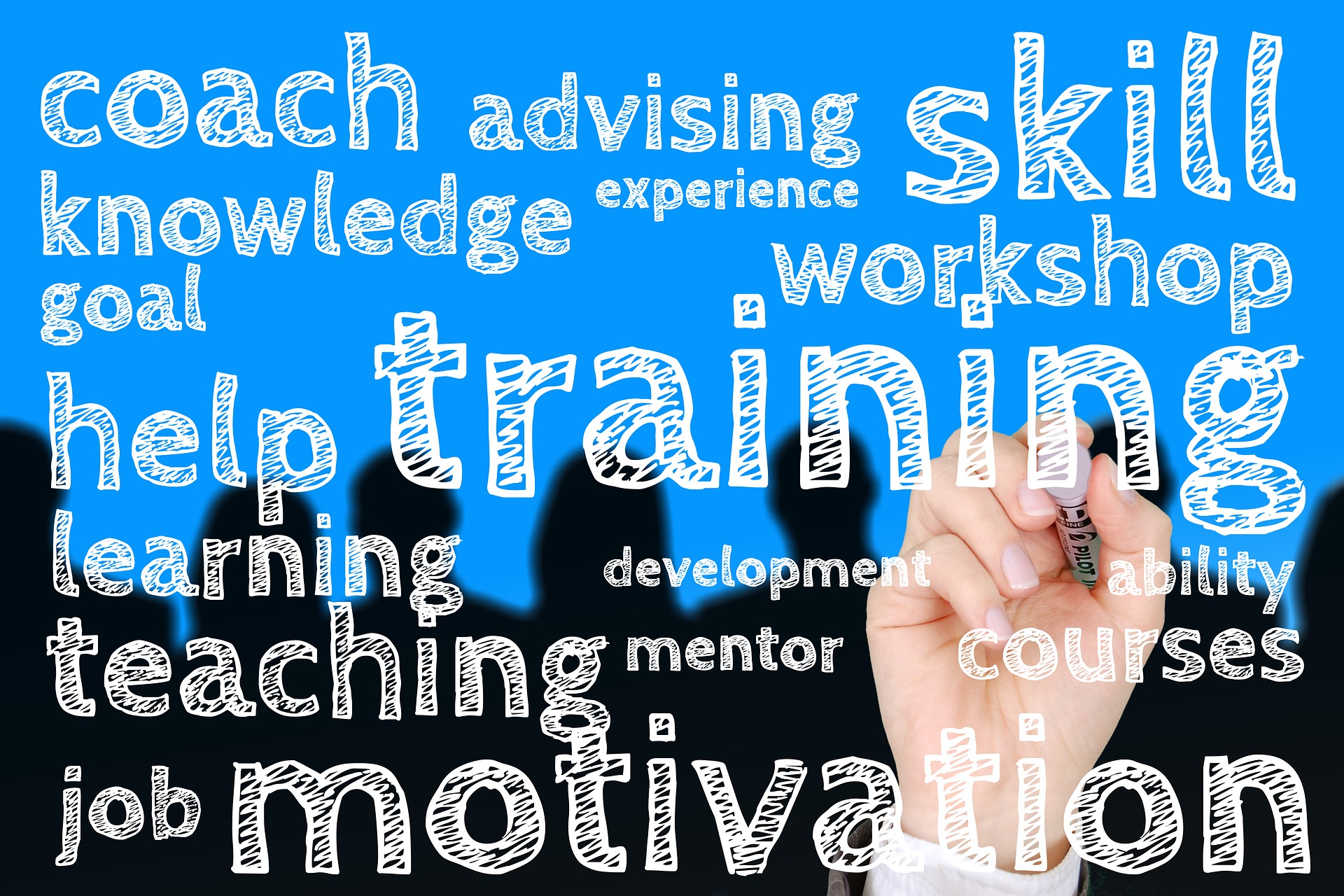 How much job training equates to time wasted: About 20%, according to one LinkedIn study. That’s the percentage of learners who never apply their training to their job. That same study says 67% of learners apply the lessons learned, but in the end, revert to previous habits. Another study found 45% of training content is never applied.
How much job training equates to time wasted: About 20%, according to one LinkedIn study. That’s the percentage of learners who never apply their training to their job. That same study says 67% of learners apply the lessons learned, but in the end, revert to previous habits. Another study found 45% of training content is never applied.
For HR professionals designing or monitoring the Return on Investment of training programs, those are disturbing statistics, especially when you consider the decrease in productivity this causes and the cost of wasted money.
So, how do you mitigate or address the issue?
Learning Metrics
Gone is the day leaders make learning strategy decisions via gut and intuition. Arrived is the day leaders look at learning data and statistics to make decisions and provide evidence for an action.
There was a time when the only metrics requested from learning and development officials were the number of people taking part in the training and the cost involved. In other words: basic effectiveness and efficiency.
As with everything, however, learning and development has evolved. It’s now a business critical change agent. It’s not enough, though, to measure inputs, the number of courses, and attendance. Learning and development must look at the output and outcomes.
“We’re in the process of trying to become a learning organization, and to become a learning organization you have to be nimble. You have to have a culture of leaders as teachers. You have to have a culture of recognizing those things that contribute, and actually those things what lead to success,” Brad Samargya said. Samargya is the Chief Learning Officer for mobile phone maker Ericsson.
All of the descriptions Samargya is using refer back to the content, specifically how it is delivered and is it of substance. When both pieces are in concert, HR professionals should see an increase in quality around the metrics gathered.
Delivery
First, let’s focus on delivery.
Samantha Hammock is the Chief Learning Officer for American Express. Her company employs a learning management system as part of their learning process. Hammock says measurement is the company’s biggest need.
“If we’re going to mandate training, we had better be robust in tracking and reporting. Is the experience getting better, is the knowledge increasing. We have put it thru workforce analytics to slice and dice some of those metrics,” Hammock said.
Of course, learning management systems are not the only way to deliver learning. Mobile learning for instance, makes content available on smartphones, tablets, and other devices. Not only is the content accessible anywhere, but anytime. Video learning is similar in that the content is available in the ever-popular YouTube format. Gamification, or education by gaming, again delivers learning in a form much for attractive than your regular classroom format, and micro-learning, or the strategy of delivering learning content over a short amount of time.
None of those work without one specific ingredient, however: the content. Providing relevant content is key to a good learning strategy, good metrics, and to ensure your learners are engaged and continue to come back for more.
The modern employee is distracted, overwhelmed and has little time to spare. Catering content to their needs is not only important – it’s critical.
The content presented to employees must be applicable and timely to help them with their daily duties, expand their mind, and provide them with quick takeaways that can immediately be applied.
Metrics to Watch
There are a handful of metrics derived for HR professionals to analyze.
- Completion rates – This metric is important because it indicates the level of learner engagement, motivation and participation. Low completion rates indicate employees aren’t investing in the material or how it relates to their jobs. High completion rates show employees are invested.
- Performance and Progress – This particular metric is split into two categories: the individual and the group. For the individual, metrics will give you a detailed look at how the employee is doing with the learning. For the group, the metric will include the details around specific trends. For instance, how the group is progressing through the material. Both individual metrics and group metrics allow for the tracking of course effectiveness and engagement.
- Satisfaction and approval – This metric gives HR professionals some indication of how the employee or employees feel about the content. The is a powerful metric because it allows HR or learning managers to adjust current content or, if need be, create better content based on the needs of the employee.
- Instructor and manager ratings – This metric may not always be applicable as, in some cases, material is not presented by an instructor or manager but through a technology interface of some sort. If that is not the case, this will indicate how learners feel about the instructor or manager. It can also be directly linked to the reason an employee or group of employees are not learning at the level expected.
- Competency and proficiency – Competency and proficiency metrics show HR professionals if employees have the knowledge and skills to achieve a desired outcome. If not, this metric allows for learning managers to adjust the material accordingly. It also allows from some insight into an employee or group’s currently proficiency.
In summation
The challenges facing HR professionals when using analytics to transform the learning and development program are connected. Before companies can actually engage with the transformation, data has to be present. Whether it is realized or not, companies do have learning data available. What may not exist is the ability to evaluate that data.
Data provides invaluable insight into the future learning opportunities of a company’s workforce. Now, more than ever before, HR professionals have a real opportunity to do what all leaders and C-suite members want to do: predict the future. By leveraging and understanding the data generated by learning programs, HR professionals can better evaluate the content and their effectiveness. It can lead to better outcomes both developmentally for the employee and financially for the employer.
By Mason Stevenson
Originally posted on hrexchangenetwork.com
